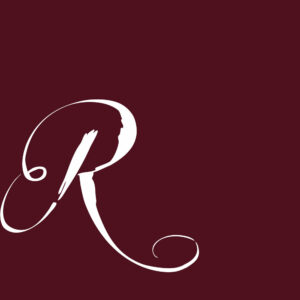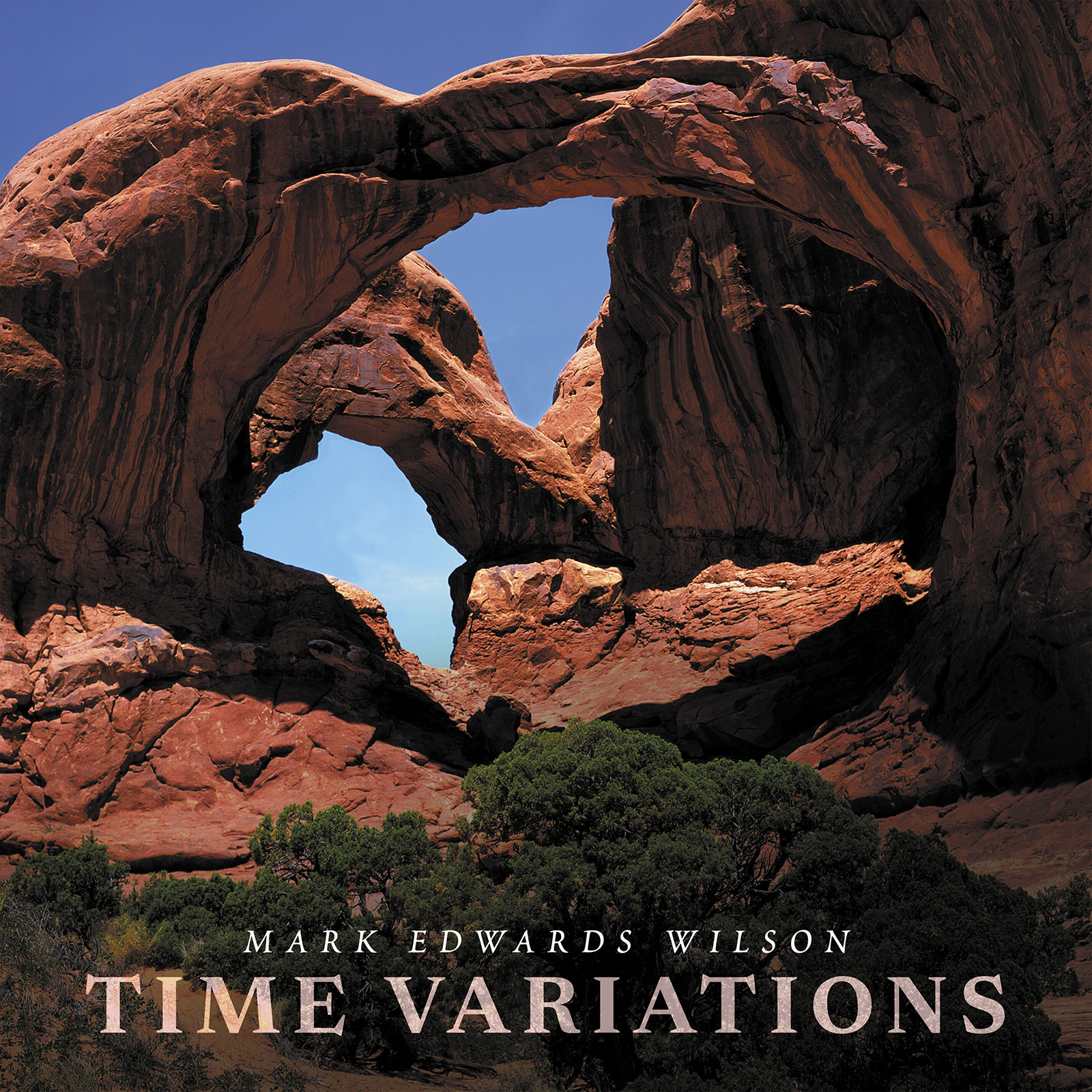Time Variations
Mark Edwards Wilson composer
Composer Mark Edwards Wilson and Ravello Records present TIME VARIATIONS, a stirring journey through the dimensions of musical style. Wilson blends soprano vocals with piano and electroacoustic synthesizers, flute with electronic tape, and experiments with the stylistic boundaries of solo violin and chamber ensembles in works inspired by poetry, Greek mythology, and various musical expressions throughout time. By fusing the idioms of early music with contemporary compositional concepts, Wilson has created a modulating and continuously transforming stylistic synthesis that awaits listeners.
Listen
Track Listing & Credits
| # | Title | Composer | Performer | |
|---|---|---|---|---|
| 01 | Time Variations | Mark Edwards Wilson | Left Bank Quartet | David Salness, voilon; Sally McLain, violin; Katherine Murdock, viola; and Evelyn Elsing, cello | 13:11 |
| 02 | Three Songs: Impression | Mark Edwards Wilson | Phyllis Bryn-Julson, soprano; Ruth Ann McDonald, piano | 5:00 |
| 03 | Three Songs: Portrait | Mark Edwards Wilson | Phyllis Bryn-Julson, soprano; Ruth Ann McDonald, piano | 1:47 |
| 04 | Three Songs: In Just Spring | Mark Edwards Wilson | Phyllis Bryn-Julson, soprano; Ruth Ann McDonald, piano | 2:47 |
| 05 | Sappho | Mark Edwards Wilson | Phyllis Bryn-Julson, soprano | 9:09 |
| 06 | Aeolus | Mark Edwards Wilson | William Montgomery, flute | 10:45 |
| 07 | Soliloquy | Mark Edwards Wilson | David Salness, violin | 7:27 |
| 08 | Ancient Ways: Awakening | Mark Edwards Wilson | Hollywood Chamber Players | Mark Edwards Wilson, conductor | 6:27 |
| 09 | Ancient Ways: Ricercare | Mark Edwards Wilson | Hollywood Chamber Players | Mark Edwards Wilson, conductor | 4:24 |
| 10 | Ancient Ways: Conclusion | Mark Edwards Wilson | Hollywood Chamber Players | Mark Edwards Wilson, conductor | 5:34 |
Cover Photo Mark Edwards Wilson
Edited and mastered by Antonino D’Urzo, Opusrite
Tracks 5 and 6 recorded and edited by Curt Wittig
Executive Producer Bob Lord
Executive A&R Sam Renshaw
A&R Director Brandon MacNeil
VP of Production Jan Košulič
Audio Director Lucas Paquette
VP, Design & Marketing Brett Picknell
Art Director Ryan Harrison
Design Edward A. Fleming
Publicity Patrick Niland, Aidan Curran
Content Manager Sara Warner
Artist Information

Mark Edwards Wilson
Born in Long Beach CA, Mark Edwards Wilson is a composer of remarkable artistic range and diversity. His earliest influence was undoubtedly his mother, Rosalie Brashears Wilson, a talented pianist, who, as a teenager, was among the last generation to work as an organist for silent film theaters in the Los Angeles area. In a recent interview, Wilson commented on his earliest memories of her playing. “I can remember her thundering away at the family piano. Given a melody, she could improvise on the spot, filling the house with cascades of show arpeggios and runs.” Wilson began his musical training in earnest with violin studies starting at the age of six and he played in various chamber music groups and orchestras throughout his youth and early twenties.
Left Bank Quartet
The members of the Left Bank Quartet (David Salness and Sally McLain, violins; Katherine Murdock, viola; and Evelyn Elsing, cello), with their diverse and colorful backgrounds, came together through the auspices of the Theater Chamber Players and rather unexpectedly discovered the joys of a vibrant and enthusiastic collaboration. They have been a quartet since 1999, taking their name from the fact that the Kennedy Center, their first regular venue, is situated on the left bank of the Potomac River. Their combined experiences include participation in the major festivals of the musical world: Aspen, Banff, Chautauqua, Marlboro, Mostly Mozart, Prussia Cove, Ravinia, Sante Fe, and Spoleto, to name just a few.
Phyllis Bryn-Julson
Born in North Dakota of Norwegian parentage, Phyllis Bryn-Julson is American educated and began her musical career as a pianist. She is known for her musicianship, lustrous voice, pitch-perfect three-octave range and her ability to sight-read the most difficult scores. At ease and in command of both the traditional and contemporary repertoires, she has performed with all the major European and American orchestras.
William Montgomery
William Montgomery is a professor of flute and the University of Maryland and performed as a principal flutist with the Kennedy Center Opera Orchestra, the National Gallery of Art Orchestra, the Washington Opera, and the Washington Chamber Orchestra and has performed numerous solo recital tours in the United States and Europe. He holds a Ph.D. in historical musicology and studied flute with Marcel Moyse at the Marlboro School and with William Kincaid and the Curtis Institute.
Notes
TIME VARIATIONS is a radical application of a technique Wilson has dubbed “style modulation,” where the style of a composition is not fixed, but subject to transformation as might be expected of any other aspect of music. The form of the work might best be described as a journey through the dimension of musical style using a single unifying thematic idea. To some extent this is not unlike a variation form, but one where the style of the piece continually evolves.
Wilson first became intrigued with the idea of integrating older musical styles into the context of contemporary music in the 1970’s, during the high-water mark of the original instruments movement. In program notes on the subject Wilson writes: “The freshness of early music performed on period instruments impressed me greatly. In many ways this music seemed more like new, rather than old music, as if it were a subset of contemporary music. I began to consider the possibilities of incorporating certain aspects of early music into my own compositions, but I was not interested in a hybrid, neoclassical approach, nor was I interested in collage techniques. Superimposing styles seemed destructive to both. Instead, I began to explore ways of transforming one musical style into another.”
Although TIME VARIATIONS begins and ends in a modernist style (coming full circle in the process), much of the piece employs techniques first used in the music of earlier times. On the surface this might seem like an abandonment of the ideals of contemporary music. This is in no way Wilson’s intention. Indeed, writing work like TIME VARIATIONS would be inconceivable in any era other than our own, as the all-embracing awareness of music from all style periods and cultures is a unique and defining characteristic of our time.
— Alex Radcliffe

